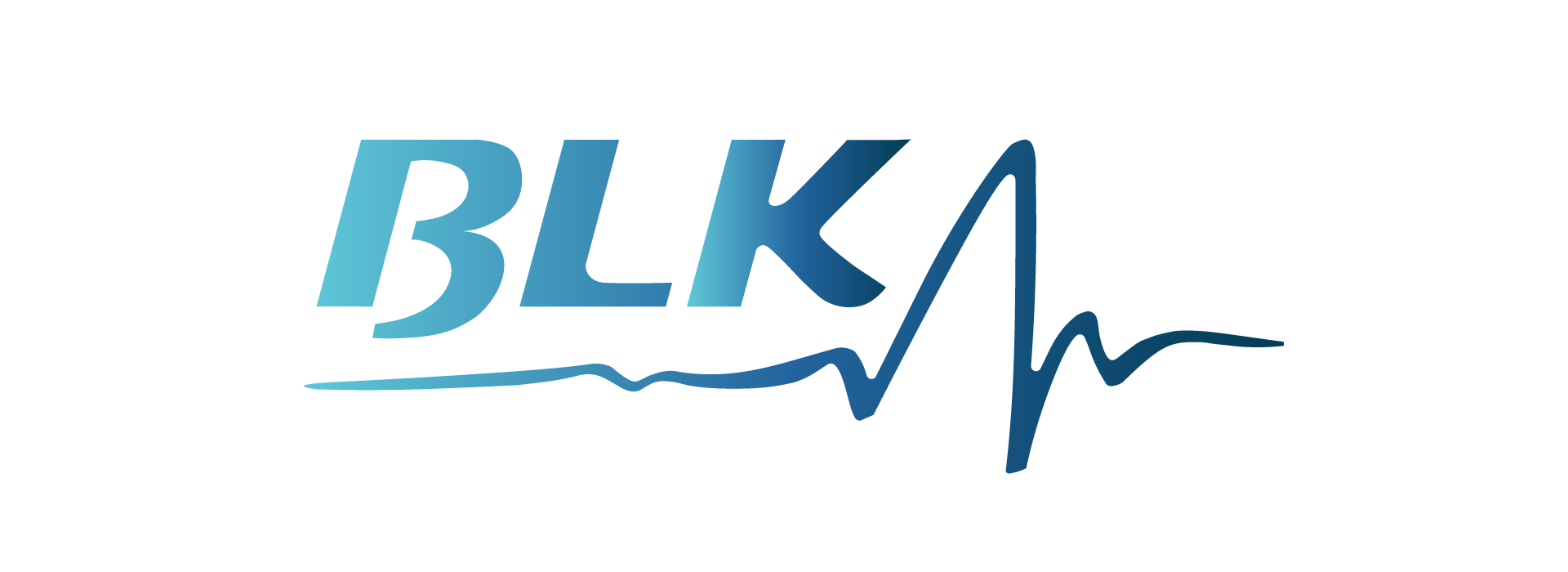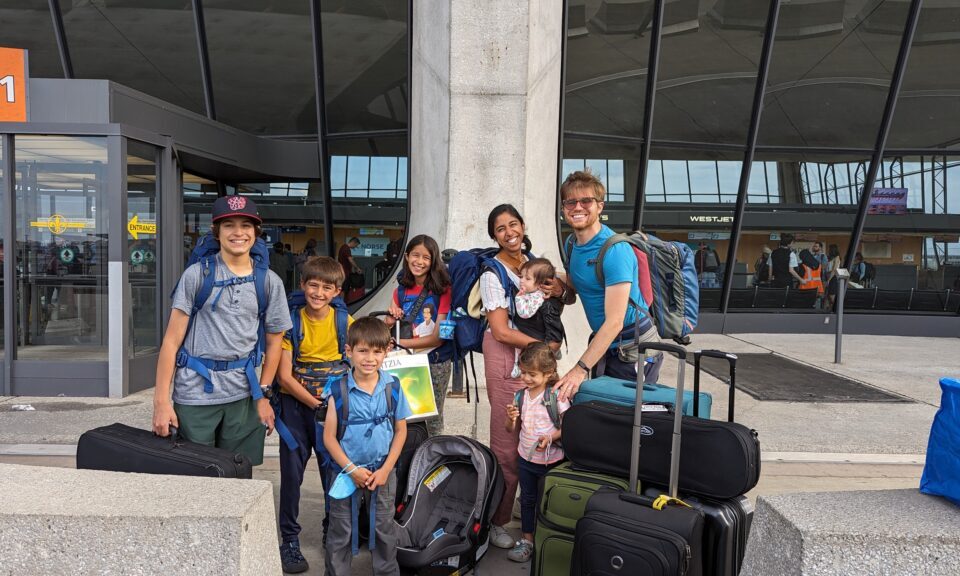When Typhoon Haiyan (locally known as Yolanda) struck the Philippines in November 2013, it became one of the deadliest natural disasters in history. With over 6,000 lives lost and millions displaced, the typhoon’s destruction was unparalleled.
However, amidst the chaos, an essential force stood out—medical assistance. The rapid deployment of local and international medical teams played a crucial role in saving lives, treating injuries, and preventing widespread disease. This case study delves into how medical aid efforts during and after Typhoon Haiyan proved to be the lifeline for thousands of survivors.
Understanding Typhoon Haiyan
Typhoon Haiyan was a Category 5 super typhoon, among the strongest ever recorded. It made landfall in the Philippines on November 7, 2013, causing massive destruction. With wind speeds reaching up to 195 mph and storm surges rising as high as 20 feet, Haiyan devastated several regions, particularly the central Visayas islands. Cities like Tacloban were nearly wiped out, and basic infrastructure, including healthcare systems, was crippled.
The Role of Medical Assistance in Natural Disasters
In the aftermath of a natural disaster, immediate medical response is critical. Injuries from debris, infections from contaminated water, and exacerbation of pre-existing health conditions create a pressing need for healthcare.
Medical assistance is more than just treating the wounded; it involves providing clean water, preventing outbreaks, addressing mental health issues, and even offering long-term rehabilitation services.
Pre-Disaster Preparations in the Philippines
Before Haiyan struck, the Philippines had a decentralized healthcare system, which made rapid coordination challenging. Despite being prone to natural disasters, the country’s medical infrastructure in high-risk areas was under-resourced.
However, there were some preparations in place. Local government units had disaster response plans, and international organizations had previously conducted disaster preparedness training, but the scale of Haiyan overwhelmed these efforts.
Challenges Faced by the Medical Teams During Typhoon Haiyan
Medical teams faced several challenges in their response. Roads and airports were destroyed, making it nearly impossible for healthcare workers to reach affected areas. The shortage of medical supplies compounded the issue.
Many hospitals were either damaged or destroyed, leaving survivors with no access to healthcare facilities. Additionally, the overwhelming psychological trauma experienced by both survivors and medical personnel posed unique challenges, as mental health resources were scarce.
Emergency Medical Response to Typhoon Haiyan
In the immediate aftermath of the disaster, local healthcare workers were the first to respond, despite many of them being affected themselves. They set up makeshift clinics and began treating the injured. Soon after, international aid organizations arrived.
Médecins Sans Frontières (Doctors Without Borders) and the Red Cross deployed field hospitals, which became crucial hubs for emergency treatment. Mobile medical units were also sent to remote areas, and helicopters and naval ships were used to evacuate critically injured patients to nearby cities.
Coordination Between Government and International Agencies
The Philippine government, with assistance from international agencies such as the United Nations (UN) and the World Health Organization (WHO), coordinated the distribution of medical supplies and personnel.
This collaboration ensured that field hospitals were equipped and that medical teams could reach the most devastated areas. Without this coordination, the delivery of aid would have been slower, and more lives would have been lost.
Notable Medical Assistance Operations
Médecins Sans Frontières set up inflatable field hospitals, complete with surgical units, in the hardest-hit areas. These hospitals treated thousands of patients, many with severe injuries.
The U.S. Navy deployed the USS George Washington, providing medical evacuations and treating patients onboard. Additionally, local efforts led by the Philippine Department of Health ensured that vaccination campaigns were quickly launched to prevent disease outbreaks.
Health Impacts of Typhoon Haiyan
The typhoon caused widespread casualties, but many more lives were at risk due to post-disaster conditions. Waterborne diseases like cholera and dysentery were a significant threat due to the lack of clean water.
Malnutrition became an issue, especially for children, as food supplies dwindled. The overcrowded conditions in evacuation centers further exacerbated the spread of infectious diseases.
Medical Challenges After the Disaster
The most pressing issue following the typhoon was the lack of clean water and sanitation. This not only led to the spread of diseases but also made it difficult to treat the wounded.
Medical teams had to contend with a range of issues, from treating acute trauma to addressing long-term medical needs, such as rehabilitation and maternal care. Many surgeries had to be performed in field hospitals, often without ideal conditions.
Lessons Learned from Medical Responses to Typhoon Haiyan
Typhoon Haiyan provided crucial lessons for disaster medical response. One of the most significant takeaways was the importance of coordination between local governments and international aid organizations.
Moreover, it became clear that medical teams needed better logistical support to access remote areas quickly. These lessons have since shaped how both the Philippines and international bodies respond to natural disasters.
Improvements in Disaster Preparedness and Response Post-Haiyan
Since Haiyan, the Philippine healthcare system has undergone significant changes to better respond to future disasters. Training programs for healthcare workers have been enhanced, and disaster response plans have been updated to include more robust medical provisions. Internationally, aid organizations have refined their strategies for deploying medical teams and supplies more efficiently.
Typhoon Haiyan was one of the deadliest natural disasters in history, but thanks to the tireless efforts of medical teams, many lives were saved. The disaster highlighted the importance of medical assistance in such crises and showed how global collaboration can make a difference.
While the challenges were immense, the lessons learned from Haiyan continue to shape the future of disaster medicine, ensuring that countries are better prepared for the next inevitable catastrophe.
FAQs
What was the most significant challenge for medical teams during Typhoon Haiyan?
The biggest challenge was accessing affected areas due to damaged infrastructure, along with shortages of medical supplies and personnel.
How did international aid organizations contribute to the medical response?
Organizations like Médecins Sans Frontières and the Red Cross deployed field hospitals, medical personnel, and essential supplies to assist local efforts.
What diseases were most prevalent after Typhoon Haiyan?
Waterborne diseases like cholera and dysentery were a significant threat, along with malnutrition and respiratory infections due to overcrowded conditions.




